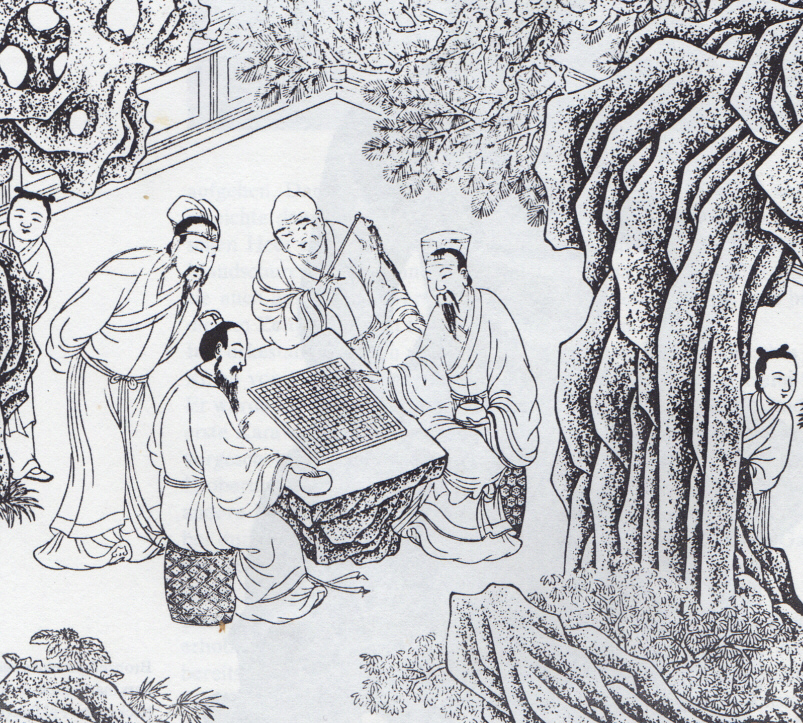Ancient Chinese schools began during the dynasty of emperor Han when education was free of cost and paid for by the emperor. Before the onset of the Han dynasty, boys were sent to work in fields in their native villages. During spring and autumn between 770-476 BC, there were some private schools where different scholars spread their message in their own way.

Han and Tao dynasty schools
The great scholar, Confucius, had over 3000 disciples. During the Han dynasty, there was no test or exams taken on students, but each individual student was minutely observed. Once the school officials identified an intelligent student, he was immediately referred to the superiors. This was the way of spotting and grooming talented people in ancient China, but it led to inequality in education as well.
Under Tao, there were over hundred different schools of thought in the period ravaged by wars. After the initial foray into education, there were many private schools, but studying at a government school became fashionable in the years to come. Boys had to work hard and prepare for examinations to get government jobs. It was on the basis of test scores that students were given jobs by the Chinese government.
Ancient Chinese schools usually began at 6 in the morning and continued till 4 in the afternoon. They were elementary schools held in temples where the teacher sat on a chair and the students on stools. In ancient Chinese schools, boys were made to memorize the philosophy of Confucius and write essays and poetry as well as learned to paint pictures. After they attained the age of 16 or 17, they were ready to take the tests.
Nine grades of ranks
BY 136 AD, Emperor Wudi brought in a system where free diet was provided to students who were taught Confucius philosophy from classical books. If they got good grades in the tests, they were directly absorbed into jobs. There were the nine grades of ranks in ancient Chinese schools where officials ranked students. This was a clear disadvantage for lower class people as it favored the higher-ups in society.
From 500 AD, boys and girls got a chance to educate themselves in the newly sprung Buddhist monasteries where the teaching pattern was the same but based on the teachings of Buddha. At the time of the Ming dynasty in 1400 AD, rich Chinese women began writing and reading at home and they shared poetry with their husbands.
